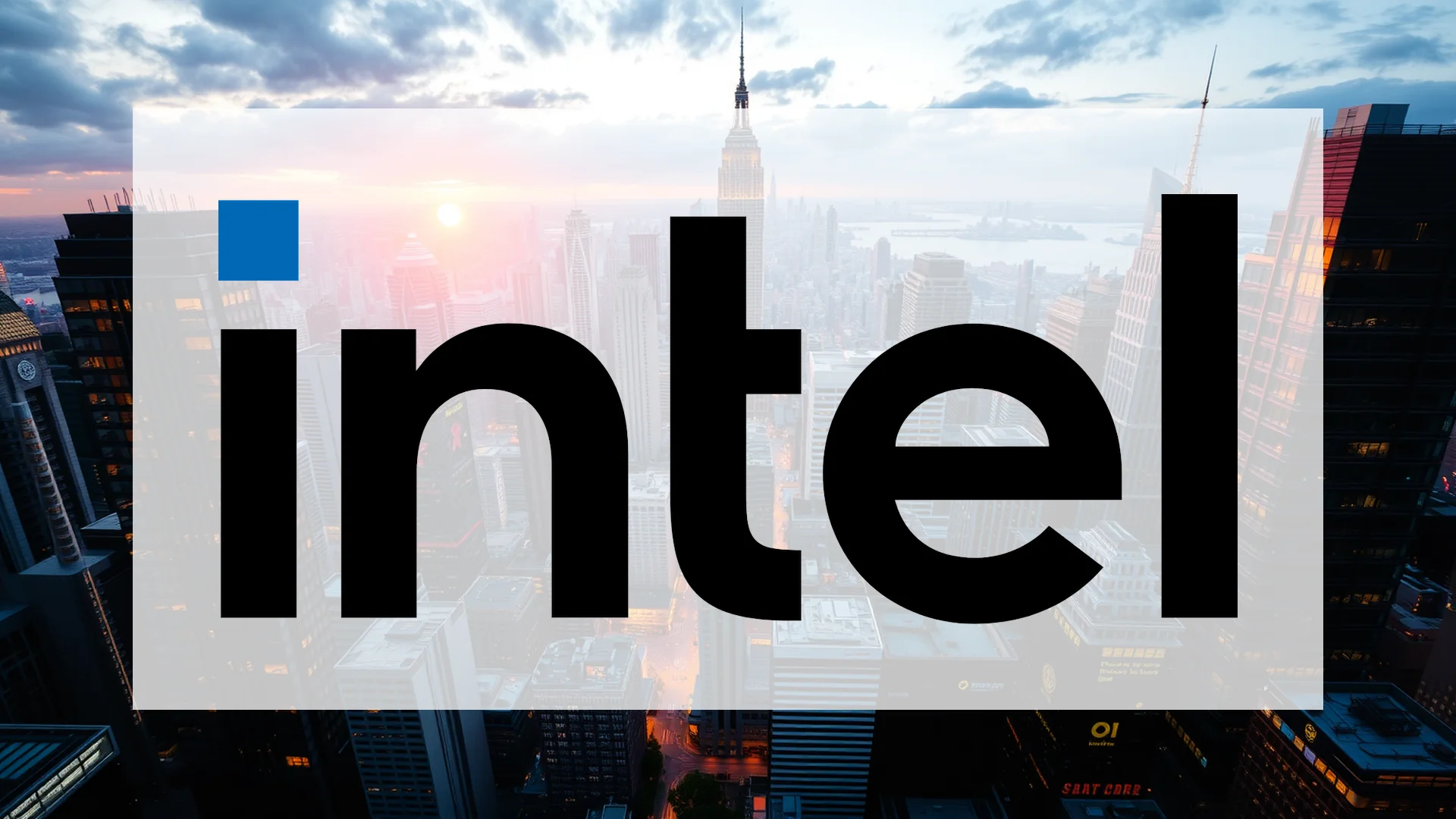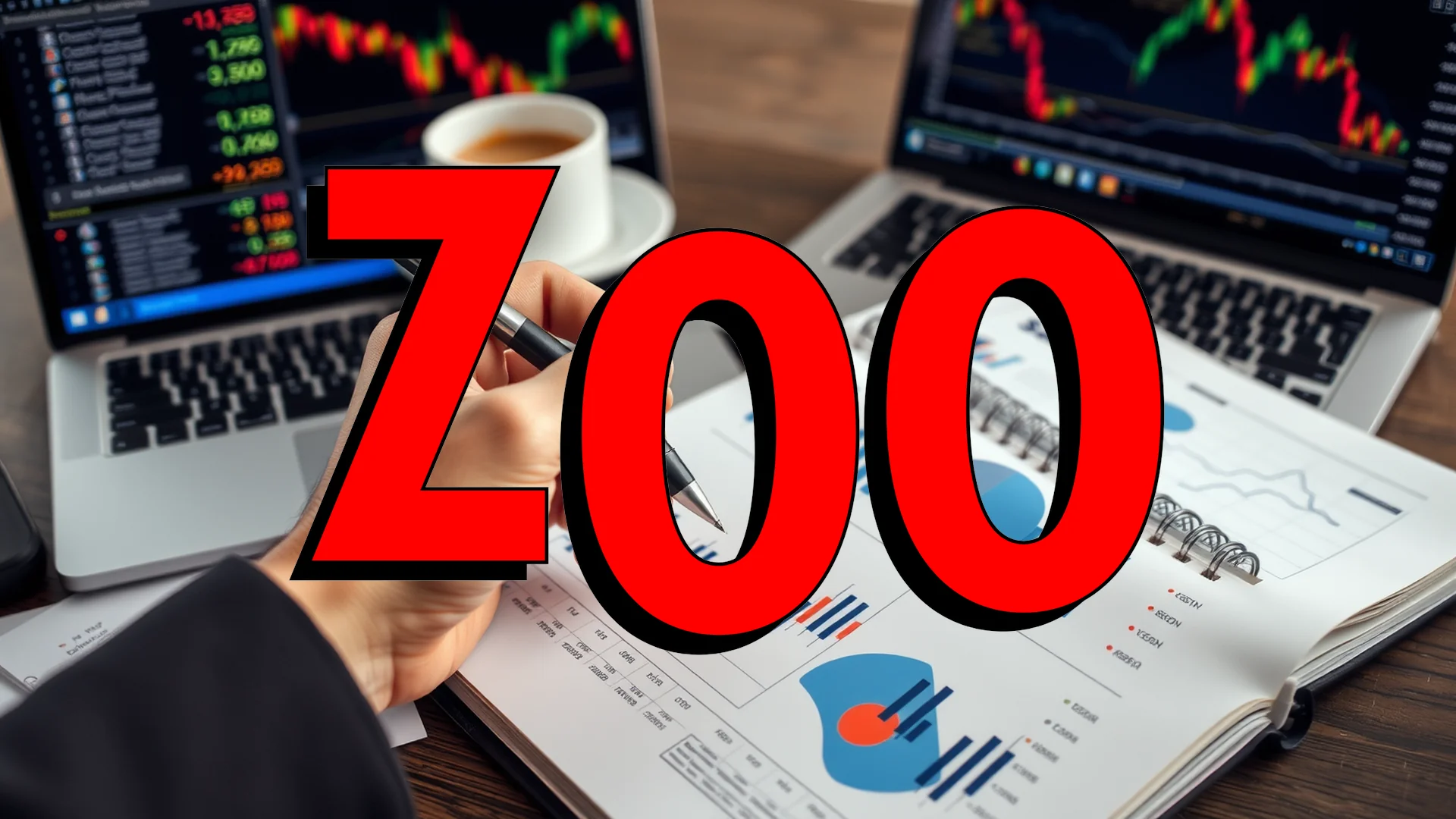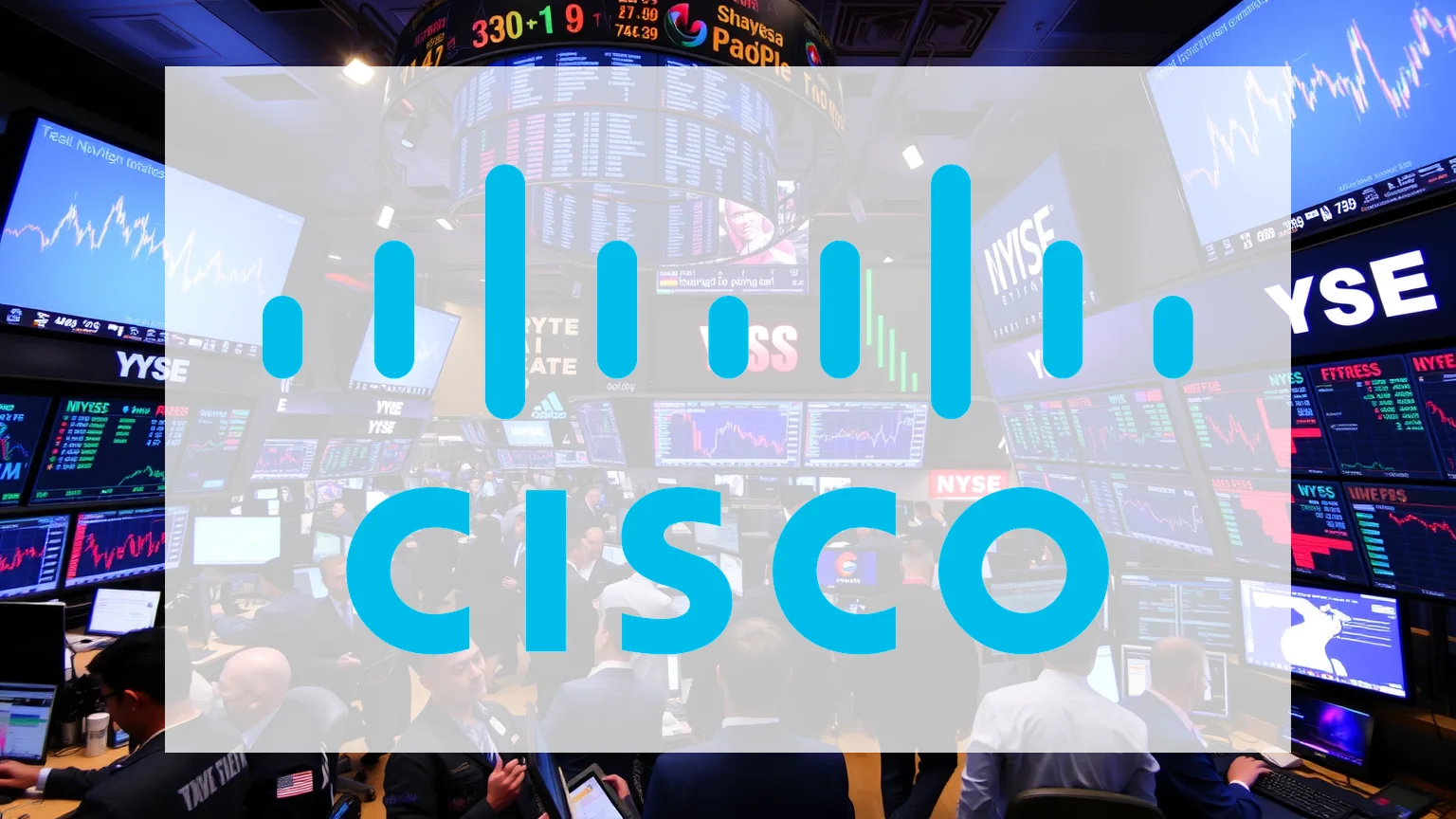In a dramatic shift that has captivated technology investors, Intel has executed one of the most remarkable financial recoveries recently witnessed in the semiconductor sector. The chipmaking behemoth, which was reporting multibillion-dollar losses just a year ago, has now stunned market participants with a sudden surge into profitability. This raises a pivotal question for stakeholders: is this impressive turnaround built to last, or merely a temporary surge?
Financial Metrics Signal Powerful Recovery
The latest quarterly figures reveal an extraordinary transformation. Intel catapulted from a staggering $16.6 billion GAAP loss in the same quarter last year to a substantial profit of $4.1 billion. This powerful financial rebound significantly outperformed market expectations, fueling a share price advance of more than 100% this year. Revenue reached $13.7 billion, comfortably exceeding analyst projections.
Key Performance Indicators Highlighting the Shift:
– GAAP net income: $4.1 billion (versus a $16.6 billion loss previously)
– Total revenue: $13.7 billion (representing 3% annual growth)
– Gross margin: 38.2% (a notable expansion of 23.2 percentage points)
Massive Capital Infusion Accelerates Strategic Shift
Beyond the operational improvements, Intel has secured enormous financial backing to power its transformation. The U.S. government committed $8.9 billion for a 10% stake in the company, while NVIDIA joined as a strategic partner with a $5 billion investment. SoftBank contributed an additional $2 billion to this substantial capital raise.
These multibillion-dollar commitments demonstrate significant confidence from major industry players in Intel’s strategic redirection. The collaboration with NVIDIA, in particular, represents a strategic milestone—marking the first integration of Intel’s x86 CPUs with NVIDIA’s artificial intelligence platforms.
Should investors sell immediately? Or is it worth buying Intel?
Aggressive Cost-Cutting Measures Deliver Results
Under the leadership of UnCEO Lip-Bu Tan, Intel has pursued an uncompromising efficiency program. Workforce numbers contracted by over 20%, declining from 124,100 to 88,400 employees. These decisive cost-reduction measures produced clearly visible benefits on the income statement, even as the company continued investing in advanced manufacturing capabilities.
In Arizona, Intel has already initiated production of its most sophisticated chips. However, the foundry segment indicates room for further growth, with revenue in this division dipping 2% to $4.2 billion.
Sustainability Remains the Critical Question
Despite these impressive recovery signals, investors are questioning whether Intel can maintain this momentum through coming quarters. Current market conditions show demand substantially outstripping supply—a situation management anticipates will persist through 2026.
The fourth-quarter outlook introduces some caution, with revenue projections between $12.8 and $13.8 billion placing the midpoint slightly below expectations. This guidance prompts market observers to consider whether Intel’s remarkable comeback has reached its peak or if the company is merely beginning its ascent.
Ad
Intel Stock: Buy or Sell?! New Intel Analysis from December 19 delivers the answer:
The latest Intel figures speak for themselves: Urgent action needed for Intel investors. Is it worth buying or should you sell? Find out what to do now in the current free analysis from December 19.
Intel: Buy or sell? Read more here...










